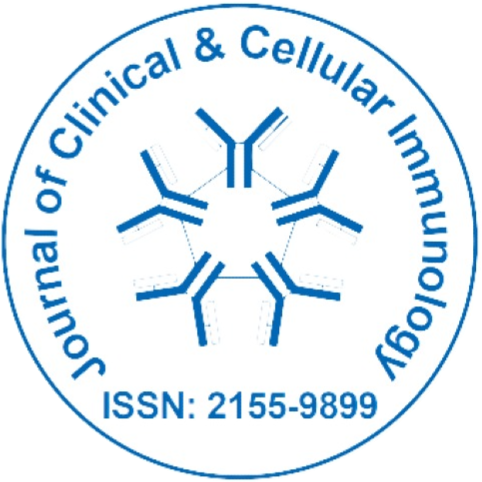
Journal of Clinical and Cellular Immunology
Open Access
ISSN: 2155-9899

ISSN: 2155-9899
Sailaja kesiraju, Uma Maheswara Rao Ch, Purna Paritala, A. S. Murthy, V. S. Reddy and Sahariah S
Scientific Tracks Abstracts: J Clin Cell Immunol
New-Onset Diabetes after Transplantation (NODAT) is a serious metabolic complication after kidney transplantation, associated with poorer patient and graft survival. This study aimed to determine the incidence of NODAT and to identify risk factors for development of NODAT among kidney transplant recipients. Materials and Methods: This is an observational study of 401 patients who were transplanted between Jan 2000- Jan 2008 at Mahavir hospital. NODAT was determined using criteria as per American Diabetes Association/ WHO guidelines. Logistic regression analyses were performed to identify predictors of NODAT. Results: Among 401 patients included in the study NODAT was observed in 59 patients (14.7%) after a mean follow-up time of 58.7 months. The mean age of the patients was 39.7±9.1 years and 69.1% were men and 30.1% were women; 26.9% received cyclosporine (CsA) and 73.1% tacrolimus (Tac). The incidence of NODAT was 2.74%, 4.98% and 6.98% at 1, 3, and 5 years following transplantation. In CsA-treated patients, the NODAT was 5.5% and 8.4% at 1- and 5year post-transplantation, while in Tac-treated patients, it was 15.6% and 19.8%. Risk factors of NODAT were older age, use of CNIs, acute rejections and viral infections like HCV and CMV. Conclusion: We conclude that high incidences of NODAT are associated with the type of initial maintenance immunosuppression, acute rejections, obesity, hepatitis C infection and family history of diabetes. It is one of factor of graft failure and mortality.